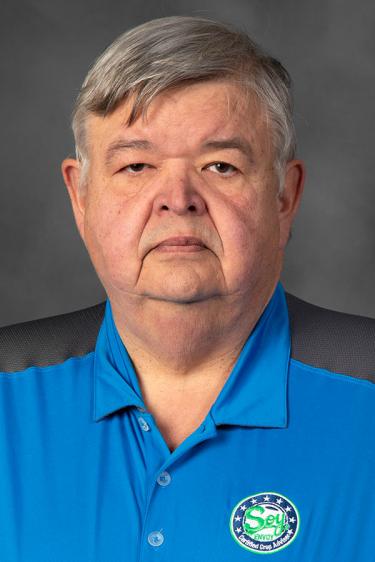I grew up on a small corn and soybean farm in Crawford County, IL. I enjoyed growing up on the farm and helping in the summers. I appreciated the lessons it taught me about making do with what you have and the valuable lessons you can only learn from manual labor. While I decided to leave the family farm for college, I was able to stay connected to agriculture through my education, majoring in Agricultural Engineering at the University of... Read More →
ILSOYADVISOR POST
Selecting Cover Crops
August 26, 2019
Cover crops are being widely promoted and slowly adopted. Farmers don’t doubt the benefits covers play in soil health, but often question the economic prospects of planting one and if there will be a return.
Since cover crops are still the exception, here are seven reasons to plant cover crops.
- Cover crops can help you implement a no-till system.
- Cover crops can help reduce erosion by improving aggregate stability.
- Cover crops support soil microbial activity.
- Cover crops can help with weed control.
- Cover crops help build soil organic matter.
- Cover crops can reduce the need for commercial fertilizers.
- Cover crops can extend the grazing season for livestock.
As with any new practice, you want to do everything possible to make it successful. Selecting what will work best with your operation will support your decision to use cover crops. Often, we hear suggestions that you should first decide what you want the cover crop to do, but that may be difficult as one of my clients said, “I want it to do everything.”
One of the big things to focus on is to increase soil microbial activity. Soil microbes drive the soil system. The more microbes we have, the more we release nutrients, and the more we promote aggregate stability. There are many microbial products on the market, but why not grow your own? Multispecies mixes will best support microbial activity. Each species added to the mix promotes different microbes. Five or more species would be considered ideal. Nitrogen-fixing species should be part of the mix, too. There can be pitfalls to growing a lot of different crops so you might want to consider something simpler to start with.
Extending your grazing season sounds simpler. Lots of producers like to graze turnips in the wintertime. This a good choice because the cattle love them. Ideally, turnips should be planted by early September. How do you do this? Fly them on or use a high clearance applicator adapted to seeding. Sounds expensive? Maybe you can start with cereal rye or triticale drilled after harvest. Both are suitable for winter grazing and both are also suitable for green chopping in the spring.
Maybe you want to start by growing your own nitrogen. Legumes are the way to go. Crimson clover, red clover and hairy vetch are popular choices. One traditional way to use clover is to plant it in a small grain crop in spring. Then after harvesting the grain, let it grow out for hay. Next spring, once again it needs to grow into May to maximize nitrogen production. Hairy vetch or clover may be planted into soybeans aerially or by high clearance equipment by September 1. It should also grow into May to maximize nitrogen fixed and stored in the soil for the next corn crop.
If you want to open your no-till ground to increase water infiltration and improve root penetration, you may want to try oilseed radishes or annual ryegrass or maybe both. Radishes experience winter-kill, so that is a bonus. Annual ryegrass can be difficult to kill, so work out how you plan to terminate it in spring.
Some producers like to keep it simple by planting cereal rye or triticale after corn. Soybeans can be planted or drilled either before or after termination. A simple cover after soybeans is oats and radish. It winter-kills and can be easy to plant into in spring. Oats and radish should be flown on or planted into early maturity beans after harvest.
Consider soil health testing to provide yourself with some scientific data to prove that you are accomplishing what you want to with cover crops. Run a before test and another maybe two or three years down the road, and notice the difference you will see.
There are way too many options to cover them all in this short blog. Michigan State University maintains the Midwest Cover Crop Tool, which is a good place to start when picking your species of cover crop to plant. Don’t be afraid of choosing a more complicated mix, but do your homework on how to make it work.





Comments
Add new comment